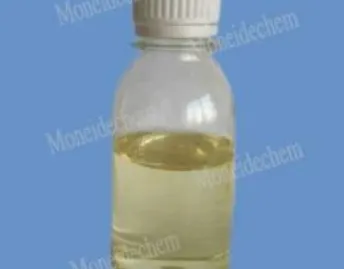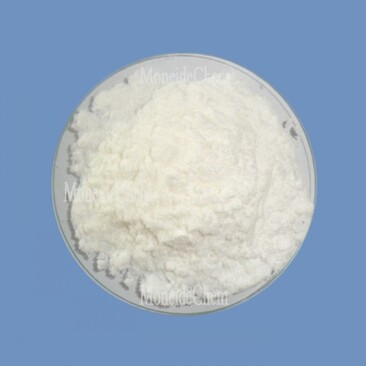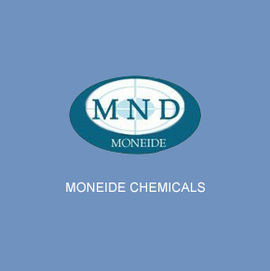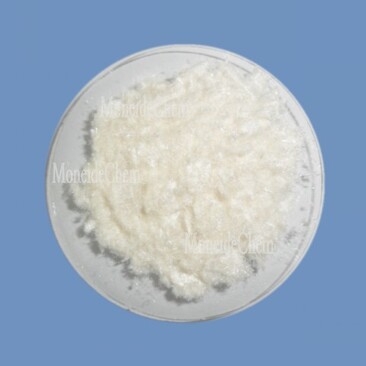Moneide Chemicals
Tel: 0086-315-8309571
WhatsApp/WeChat/Mobile: 0086-15633399667
Skype: janet-honest
મેઇલ: sales@moneidechem.com
Address: 2-7-523 Jidong Building Materials Commercial Center, Tangshan, Hebei 064000 China
What Role Do Pharmaceutical Intermediates Play in Drug Development and Production?
- Time of issue:જૂન . 09, 2025 13:52
(Summary description)Tangshan Moneide Trading Co., Ltd. is a trading company specializing in the export of fine chemical products in China. Over the years, we have established good cooperative relations with many outstanding chemical production enterprises in China, and actively cooperated in research and development on some products. Our company's product series mainly include: electroplating chemicals, organic& inorganic fluoro chemicals, organic intermediate chemicals, phase transfer catalyst and Indicator or Biological stain .
- Categories:Company dynamic
- Author:
- Origin:
- Time of issue:2019-12-30 10:55
- Views:
In the complex landscape of pharmaceutical manufacturing, certain substances serve as crucial building blocks that bridge the gap between raw materials and finished drugs. These substances, known as pharmaceutical intermediates, play a pivotal role in the synthesis of active pharmaceutical ingredients (APIs) and the overall drug development process. Understanding their functions, applications, and significance is essential for appreciating the intricacies of modern pharmacology. Pharmaceutical intermediates are chemical compounds formed during the synthesis of APIs. They are not the final active ingredients themselves but are essential steps in the production chain. For example, in the synthesis of a common antibiotic, a series of chemical reactions transform basic raw materials into pharmaceutical intermediates, which are then further processed to create the final API. These intermediates often have specific functional groups that facilitate subsequent chemical transformations, making them indispensable for achieving the desired molecular structure of the API. Manufacturers carefully design the synthesis pathways for pharmaceutical intermediates to ensure efficiency, safety, and cost - effectiveness. By optimizing the production of these intermediates, the overall yield of the final API can be improved, reducing both time and resources required for drug manufacturing. Active pharmaceutical ingredients and intermediates are inherently linked in the drug production process. API intermediates act as precursors that undergo further chemical modifications to form the active ingredients used in medications. For instance, in the production of a hypertension drug, an API intermediate might undergo oxidation or substitution reactions to introduce the specific functional groups needed for the API to interact with biological targets in the body. The quality of API intermediates directly impacts the purity and efficacy of the final API. Strict quality control measures are therefore implemented during the production of these intermediates to ensure they meet the required standards. Any contamination or impurity in an API intermediate can propagate through the synthesis process, potentially compromising the safety and effectiveness of the finished drug. The production of pharma intermediates comes with its own set of challenges, such as managing complex chemical reactions, ensuring scalability, and adhering to strict regulatory standards. Researchers and manufacturers are continually innovating to develop greener and more efficient synthesis methods for pharma intermediates. For example, the use of catalysis and microwave - assisted synthesis has emerged as a way to reduce reaction times and minimize waste in the production of these intermediates. Another key focus is on developing pharma intermediates that can be produced with high stereoselectivity, ensuring that only the desired molecular isomer is formed. This is crucial in drugs where different isomers can have vastly different biological activities, a common scenario in chiral drug synthesis. When dealing with active pharmaceutical intermediates, compliance with international regulatory standards is non - negotiable. Organizations such as the FDA and EMA have strict guidelines for the production, testing, and documentation of these intermediates. Manufacturers must maintain detailed records of the synthesis processes, impurity profiles, and stability data for active pharmaceutical intermediates to demonstrate their suitability for use in API production. Quality control laboratories play a vital role in analyzing active pharmaceutical intermediates using techniques like HPLC, NMR, and mass spectrometry. These analyses ensure that the intermediates meet the specified purity criteria and are free from any harmful contaminants, thereby safeguarding the integrity of the entire drug production process. Pharmaceutical intermediates are intermediate compounds in the synthesis pathway, while active pharmaceutical ingredients (APIs) are the final compounds with therapeutic activity. Intermediates undergo further chemical reactions to form APIs, which are the biologically active components of drugs. The purity of API intermediates is critical because any impurities can carry over into the final API, potentially affecting its safety, efficacy, and stability. High - purity intermediates are essential for producing APIs that meet regulatory standards and ensure patient safety. Yes, many pharmaceutical companies source pharma intermediates from multiple suppliers to mitigate supply chain risks. However, strict qualification processes are in place to ensure that all suppliers meet the required quality and regulatory standards, maintaining consistency in the intermediate's properties across different sources. Emerging trends in active pharmaceutical intermediates production include the adoption of continuous manufacturing processes for greater efficiency, the use of artificial intelligence to optimize synthesis pathways, and an increased focus on sustainable chemistry to reduce the environmental impact of intermediate production.
The Fundamentals of Pharmaceutical Intermediates
The Connection Between APIs and Their Intermediates
Challenges and Innovations in Pharma Intermediates Production
Ensuring Quality and Compliance with Active Pharmaceutical Intermediates
FAQs About Pharmaceutical Intermediates and Related Substances
How Do Pharmaceutical Intermediates Differ from Active Pharmaceutical Ingredients?
Why Is the Purity of API Intermediates So Critical?
Can Pharma Intermediates Be Sourced from Multiple Suppliers?
What Are the Emerging Trends in Active Pharmaceutical Intermediates Production?



























